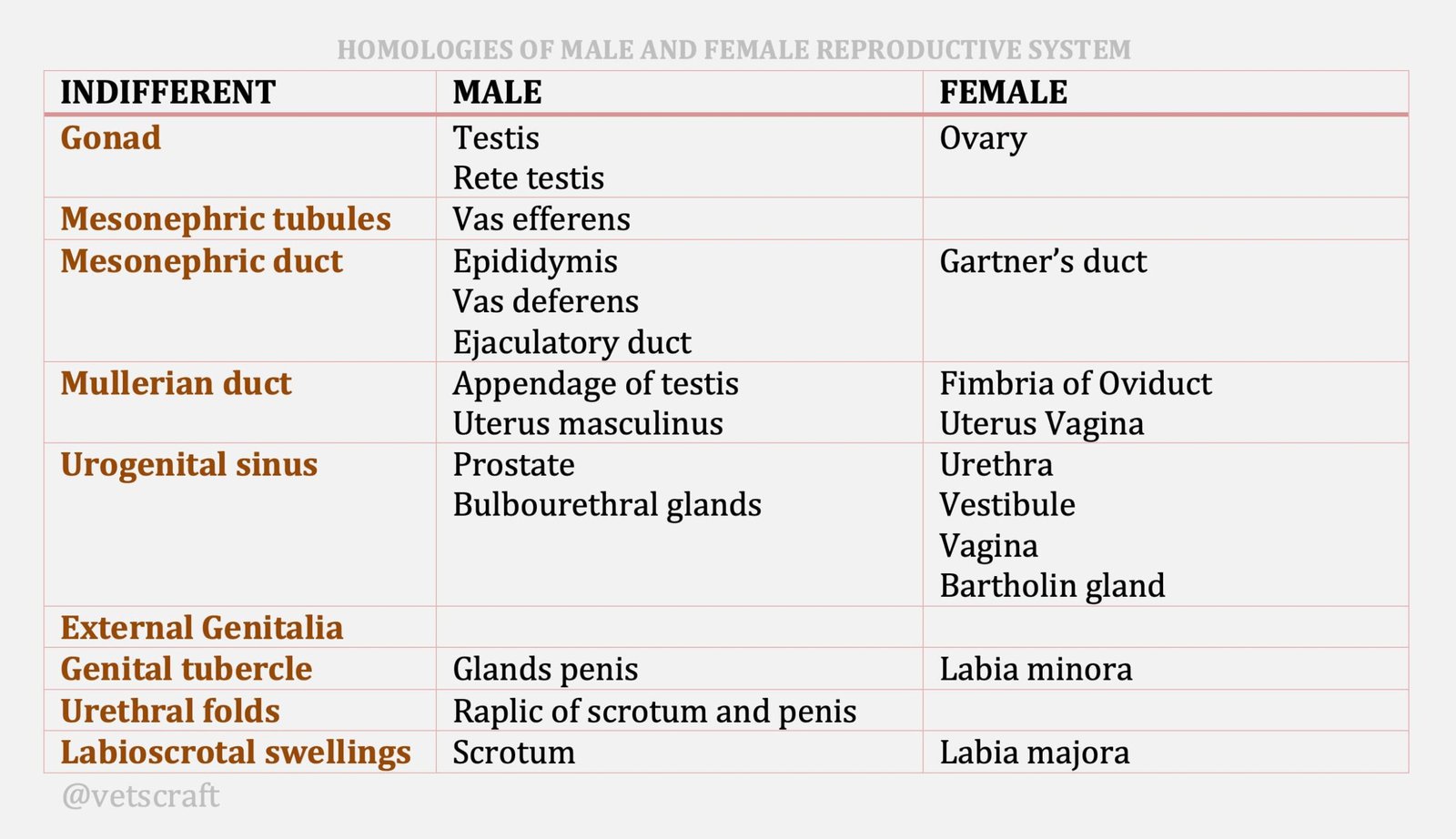TABLE OF CONTENTS
Pregnancy Diagnosis in Sows
Pregnancy diagnosis (cyesiognosis) in sows (female pigs) is done by signs, transrectal palpation, ultrasonography, laboratory methods, etc.
Different methods have been used to detect pregnancy in the sows. They are as follows:
- Observation of Signs
- Clinical Method (Transrectal Palpation)
- Ultrasonographic Methods
- Laboratory Methods
- Vaginal biopsy
- Plasma progesterone assay
- Plasma estrogen assay
Observation of Signs of Pregnancy
Failure to return to estrus at 18-22 days after service or artificial insemination is considered as pregnant. This may also be due to a reluctance to show signs, anestrus or ovarian cysts.
Transrectal Palpation
Transrectal Palpation not possible to perform in gilts because they are too small, and even in large sows a slender arm is advantageous. Reliable on per rectum palpable changes of the cervix, uterus and middle uterine arteries.
0-21 Days of Gestation
- Cervix and uterus feel very similar to their state at diestrus.
- Bifurcation of the cornua becomes less distinct and the uterus becomes slightly enlarged, with soft walls.
- Middle uterine artery (MUA) increases to approximately 5 mm in diameter towards the third week. It is located as it passes across the external iliac artery (the latter can be identified as it runs along the anteromedial border of the ilium towards the hind leg, ventrally and slightly posteriorly; it is about 1 cm in diameter in the adult sow) running forwards towards the abdominal cavity.
21-30 Days of Gestation
- Cornual bifurcation is less distinct, the cervix and uterine walls are flaccid and thin.
- MUA is 5-8 mm in diameter and more easily identified.
31-60 Days of Gestation
- Cervix feels like a soft-walled tubular structure.
- Uterus is ill defined and thin-walled.
- MUA enlarged to about the same size as the external iliac. Fremitus can be first identified at 35-37 days; the pulse pattern comparable with that of the external iliac artery.
60 Days to Term
- MUA is greater in diameter than the external iliac and it has strong fremitus; it crosses the external iliac artery more dorsally than before.
- Only towards the end of gestation it is possible to palpate piglets at the level of the cornual bifurcation.
Accuracy
Improves with experience and advancing pregnancy. Between 30-60 days of gestation:
- Positive: 94% and Negative: 97%
- Positive: 99% and Negative: 86%
Ultrasonographic Method
Fetal Pulse Detector (Doppler)
Fetal Pulse Detector (Doppler) is earliest diagnosis using a rectal probe about 25 days of gestation.
Accuracy
- Pregnant sows: 92-100%.
- Non-pregnant sows: 25-100%.
Laboratory Methods
Laboratory methods include for Pregnancy diagnosis in sows:
- Vaginal Biopsy
- Plasma Progesterone Assay
- Plasma Estrogen Assay
Vaginal Biopsy
Histological assessment of the number of layers of the stratified squamous epithelium of the vaginal mucosa obtained by biopsy can be used as a method of diagnosing pregnancy. Between 30-90 days of pregnancy, the accuracy is over 90%.

Plasma Progesterone Assay
- In non- pregnant cyclical animals, from about day 16, there is a decline in progesterone concentrations in the peripheral blood.
- Estimation of progesterone concentrations from this time after service would be useful.
- Accuracy at 16-24 days after service: 96%.
- Plasma values ≥ 7.5 ng/ml are indicative of pregnancy.
- The major problem is difficulty in obtaining blood samples.
Plasma Estrogen Assay
- In pregnant animals, estrogens are detectable from day 20 of gestation.
- A small volume of blood sufficient for the assay can be collected from the ear vein.
- Optimum time to perform the assay is about 24-28 days.

